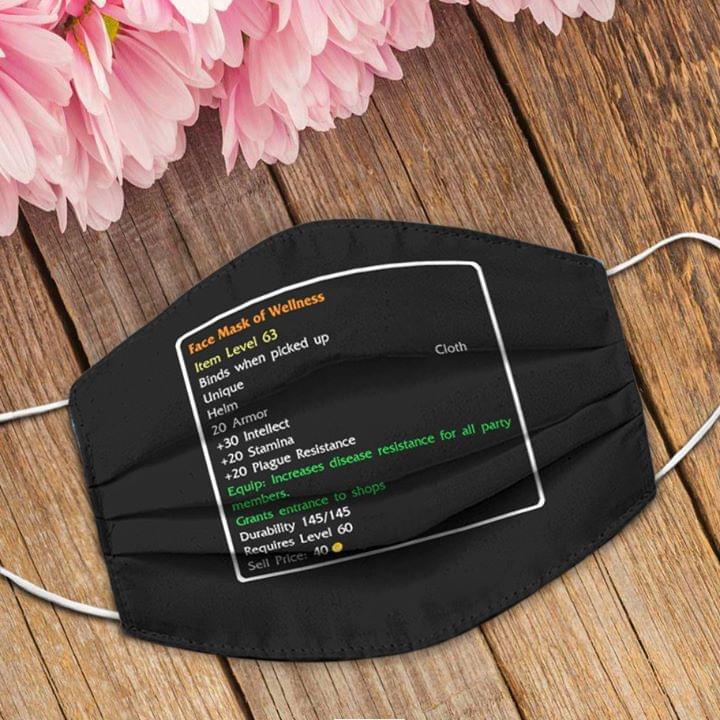Where to buy : Never Underestimate an Old Man Who Flew in A Huey Poster
Flying the underpowered, overloaded Hueys from the converted ship’s tiny helipads become a challenge.
throughout launch, if the winds weren’t just appropriate, the gunship would dip dangerously near the water. Any Seawolf veteran constantly mentions the area’s heat and humidity, circumstances that degrade a helicopter’s efficiency.“We had some pretty damn good pilots within the seats of those Hueys,” reminisces Ely. “I flew with lots before and after, and rarely had been any as good.”
Weight was so important that sea-based gunships decreased their fuel and weapons masses, compared to what their land-based counterparts carried. Gunners became adept at immediately jettisoning rocket pods and/or dumping ammo boxes whenever they felt they have been about to crash—which they every so often did.
those takeoffs “have been thrilling, I’ll tell you,” says gunner Bob Christenson. Pilots, too busy flying to make the jettison name, depended on gunners who would. “every takeoff, i would have my finger within the jettison ring of my facet’s rocket pod,” Christenson recollects. “The different gunner could be competent together with his. I dumped pods as soon as, ammo containers greater commonly. It become anything I on no account expected to be doing in my existence.” Christenson mentioned he knew after they were in main issue by using the rotor’s sound and “hair rising on the lower back of my neck.”
“midnight takeoffs were the hairiest,” remembers pilot Rick Sadlier. “We were on devices from the time we received a launch sign, and it was blacker than hell obtainable. Dipping nose-down over the aspect of the ship was like flying into a cave.”
Tet ’68
Jack Williamson turned into a door gunner with a Seawolf detachment flying from a military airfield close the Vietnamese provincial capital Vinh long. In January 1968, despite a weeklong ceasefire so both sides might have fun Tet, marking a new year on the Vietnamese lunar calendar, there were persistent rumors that the Viet Cong had been going to hit the bottom. On January 30, a military gunship needed to make an emergency landing next to the Seawolf compound; it was so shot up it seemed an omen. Williamson helped elevate a wounded gunner out of the Huey. The pilot of the gunship asked, “Are you a gunner?” When Williamson answered sure, the response became a terse “Get in.”
Gunner Jack Williamson with M-60 and crew microphone. (Jack Williamson)
Later that evening the rumor came authentic: Vinh long become hit as a part of a enormous collection of attacks all over the place South Vietnam, and what became normal because the Tet Offensive changed into below approach. “All hell broke unfastened about midnight,” remembers Williamson. “Charlie changed into on the base, it became bad, with bullets flying and mortars touchdown in every single place.” the bottom commander and his first sergeant have been killed, and the airfield virtually overrun. “We took lots of casualties,” says Williamson. “I saw lots of body bags full of our guys.”
With the military brief-handed, Williamson spent the following couple of days flying with them in a grim battle to keep the airfield and neighborhood garrisons. One mission worried escorting a filth Off medevac chopper to track Phu, a village that had been overrun and burned down by means of the VC. On a bridge swiftly fortified with an armored vehicle parked at each and every conclusion, surviving defenders and their U.S. Army advisers have been making a latest stand.
The army Hueys approaching the bridge all started taking small palms fireplace. “We took 4 or five rounds through the belly of the gunship,” says Williamson, “and after we took hits during the floor, you’d suppose it.” Williamson remembers taking pictures alongside the treeline, making an attempt to preserve enemy heads down. The medevac picked up a wounded soldier and hurried to the closest hospital. Williamson, then 20 years old, changed into the “historical man” aboard; the others on the helicopter had been best 19.
once returned with the Seawolves, Williamson changed into in persistent fight. “there have been sixteen- to 18-hour days where I got here returned blackened by way of gun soot,” he says. “army guys were first rate, however our pilots have been stronger informed for evening missions, so we flew a lot of nights right through Tet.”
quickly off the Mark
When the name “Scramble Seawolves!” went out, crews prided themselves on getting airborne right away, the purpose being two minutes or much less. Pilot Tom Phillips still remembers his very own most suitable: “From rack to air in 90 seconds.”
“every little thing was deploy and able to go,” says Gary Ely. “We slept near the birds, so we may scramble in two to 3 minutes when the horn went off.”
Most days adopted a hobbies. “We’d beginning out within the morning,” says Jack Williamson; “If we didn’t have any calls to respond to we’d simply patrol up and down the river. Many of the time those patrols became into being fired on. We’d go into motion for a short time, however sometimes it become only a quiet up and down the river. Actually it changed into the identical issue every day.” The Seawolves hauled resources to faraway outposts, supplied air cover to PBRs, and acted as taxis for SEAL groups. But every so often they have been known as for tasks they didn’t predict and weren’t meant to do.
while leading a patrol along the Bo De River in the summertime of 1969, Lieutenant (junior grade) Rick Sadlier got a call from a PBR that had been ambushed from hidden Viet Cong shore positions. Combating their manner out with a gravely wounded sailor aboard, the patrol boat skipper referred to as for a right away medevac. Sadlier instantly led his fireplace group into the combat, firing guns and rockets to suppress enemy fire. “We have been no longer constantly within the company of rescue,” says Sadlier. Along with his wingman laying down covering fireplace, Sadlier hovered over the bobbing stern of the moving boat as sailors hoisted their wounded shipmate up towards the helicopter.
Visit our Social Network: Pinterest, Blogger, and see more our collection.
From: Vietnamreflections store






